
The Lindisfarne Gospels is an illuminated Latin manuscript of the
Los Evangelios de Lindisfarne es un manuscrito iluminado en latín que contiene los evangelios de Mateo, Marcos, Lucas y Juan . El manuscrito se creó en Lindisfarne, en el condado de Northumberland en Inglaterra, alrededor de los años 650 y 750. Está considerado uno de los mejores ejemplos del arte religioso en Inglaterra, un estilo que.

Lindisfarne Gospels a 13centuryold Masterpiece
The Lindisfarne Gospels. The Lindisfarne Gospels, a treasure at The British Library, is an illuminated manuscript featuring stunning carpet pages and intricate designs. Created on the island of Lindisfarne, it showcases a fusion of Irish Christian and Roman influences. The manuscript contains the four Gospels, each with a unique carpet page and.

Lindisfarne Gospels St Mark f. 93v Illuminated manuscript, Medieval
Lindisfarne - also known as Holy Island - is one of the most important centres of early English Christianity. Irish monks settled here in AD 635 and the monastery became the centre of a major saint's cult celebrating its bishop, Cuthbert. The masterpiece now known as the Lindisfarne Gospels was created here in the early 8th century. The.

Evangelios de Lindisfarne La guía de Historia del Arte
EL LIBRO DE EVANGELIO MEJOR CONSERVADO DE SU TIEMPO. A pesar de su antigüedad de casi 1300 años, los Evangelios de Lindisfarne se encuentran en un estado de conservación extremadamente bueno y, en todo el mundo, es incluso el único evangelio de las islas completamente conservado. En 259 folios en formato 34,0 x 24,5 cm, realizados con la.

EVANGELIOS DE LINDISFARNE EADERITH ARTE DE VARIOS PAÍSES
Os Evangelhos de Lindisfarne são manuscritos feitos no final do século VII, início do século VIII, em Lindisfarne, na Nortúmbria. Evangelhos de Lindisfarne. Estas iluminuras incluem os Evangelhos de São Mateus, São Marcos, São Lucas e de São João. O Commons possui uma categoria com imagens e outros ficheiros sobre Evangelhos de.
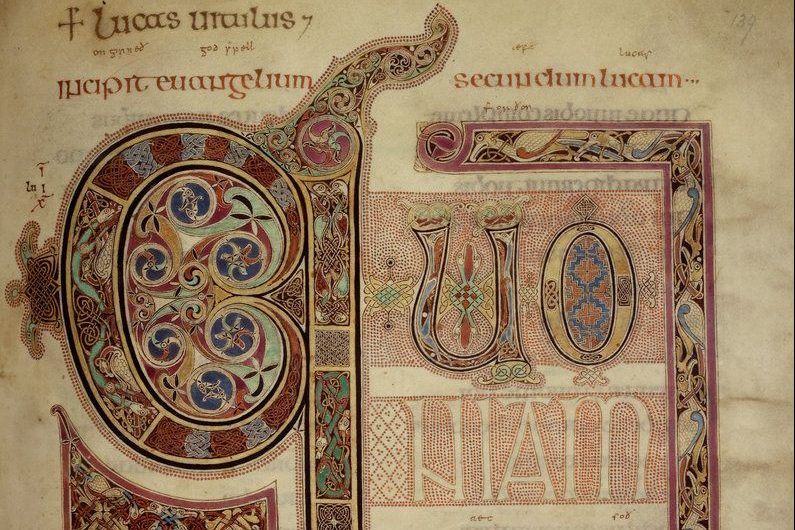
L’évangéliaire de Lindisfarne Par la foi
The Lindisfarne Gospels (London, British Library Cotton MS Nero D.IV) is an illuminated manuscript gospel book probably produced around the years 715-720 in the monastery at Lindisfarne, off the coast of Northumberland, which is now in the British Library in London. [1] The manuscript is one of the finest works in the unique style of Hiberno.

Lindisfarne Gospels (Illustration) Ancient History Encyclopedia
E adfrith, according to a 10th-century inscription, was a monk and Bishop of Lindisfarne on Northumbria's Holy Island, who wrote out and illuminated the entire gospels singlehandedly, to create.

The Lindisfarne Gospels, is one of the great masterpieces of medieval
The Lindisfarne Gospels is now on exhibition at the British Library showing the Chi-rho page, a particularly appropriate display for Christmastime. The Chi-rho is the abbreviated Greek name of Christ, spelled Chi-rho-iota, or 'XPI'.In some early Latin gospel-books, including the Lindisfarne Gospels, there is a large decorated Chi-rho at the beginning of the account of the Incarnation at.

Lindisfarne Gospels, Saint Matthew crosscarpet, page 9, Hiberno Saxon
Os Evangelhos, que podem ter levado dez anos para serem concluídos, foram a obra de uma pessoa apenas. Acredita-se que ela tenha sido Eadfrith, um monge que se tornou bispo por volta de 698, um cargo que ele ocupou até 722, sendo a ele creditado o trabalho em uma nota — conhecida como colofão —, a qual foi adicionada por um padre chamado Aldred, no final do Século X.

Evangelio de Lindisfarne Anglo saxon, Saxon, Gospel of luke
One such day was the 8 June, 793. That was the day the Vikings attacked the monastery at Lindisfarne, a coastal island in Northumbria (present-day Northumberland) in the North East of England. While the numerical loss of life was lower than in later attacks, the incursion was on a scale and of a nature that shocked the world.
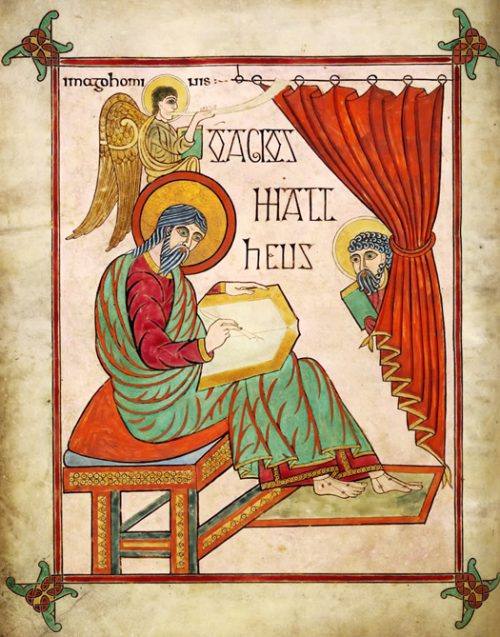
Evangelios de Lindisfarne La guía de Historia del Arte
The Lindisfarne Gospelsor the Book of Lindisfarne (British Library Cotton MS Nero D.IV), is an illuminated manuscript of the four Gospels from the New Testament of the Bible. The manuscript was produced in Lindisfarne Priory on Holy Island (formerly called Lindisfarne Island), off the coast of Northumberland in about 715 C.E, largely the work of a single man between 715 and 720.
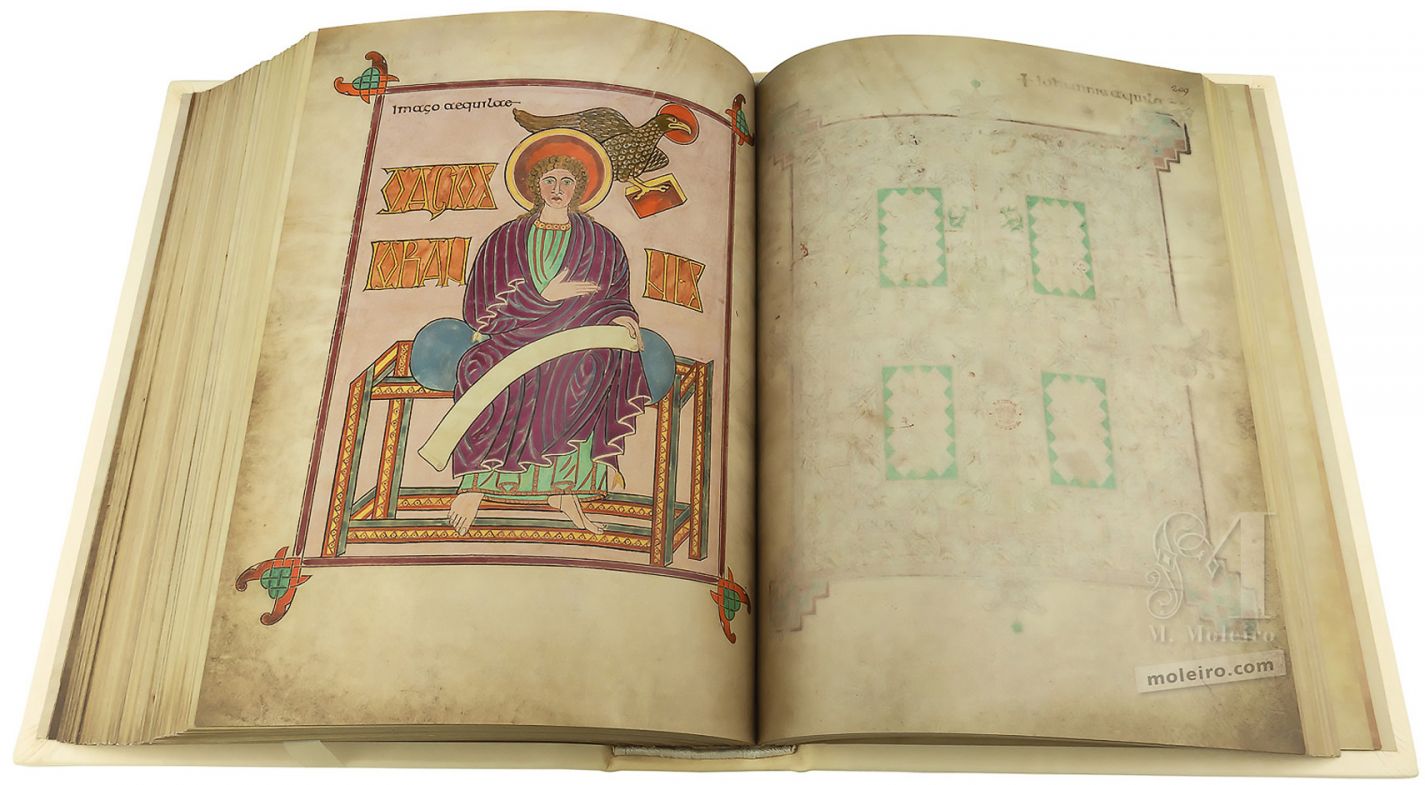
Evangelhos de Lindisfarne
Category: Lindisfarne Gospels (710-721) - BL Cotton MS Nero D IV. From Wikimedia Commons, the free media repository.. Biblioteca Nacional de España ID: XX4583074 NORAF ID: 90325719 PLWABN ID: 9810653023005606 National Library of Israel J9U ID: 987007264668205171. Reasonator; Scholia; Wikidocumentaries;

Lindisfarne Gospels Gospel of St Luke f. 143v Lindisfarne gospels
Evangelhos de Lindisfarne. Os Evangelhos de Lindisfarne são manuscritos feitos no final do século VII, início do século VIII, em Lindisfarne, na Nortúmbria . Estas iluminuras incluem os Evangelhos de São Mateus, São Marcos, São Lucas e de São João . O Commons possui uma categoria com imagens e outros ficheiros sobre Evangelhos de.
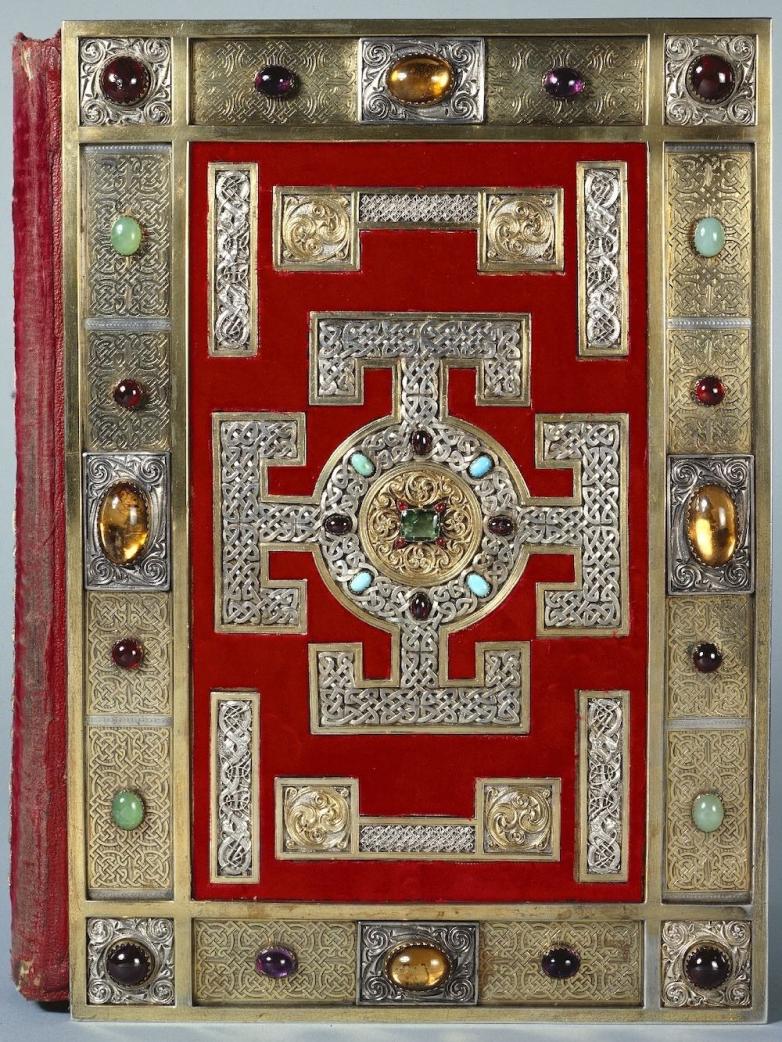
Lindisfarne Gospels to go on Display in 2022 Fine Books & Collections
De facto, os Evangelhos de Lindisfarne são o manuscrito insular mais completo conservado. Foi concebido entre os anos de 687 e 721, por e para a comunidade religiosa do mosteiro na ilha de Lindisfarne, famosa por ter sido atacada pelos Vikings em 8 de Junho de 793, efeméride que é considerada o início da Era Viking..
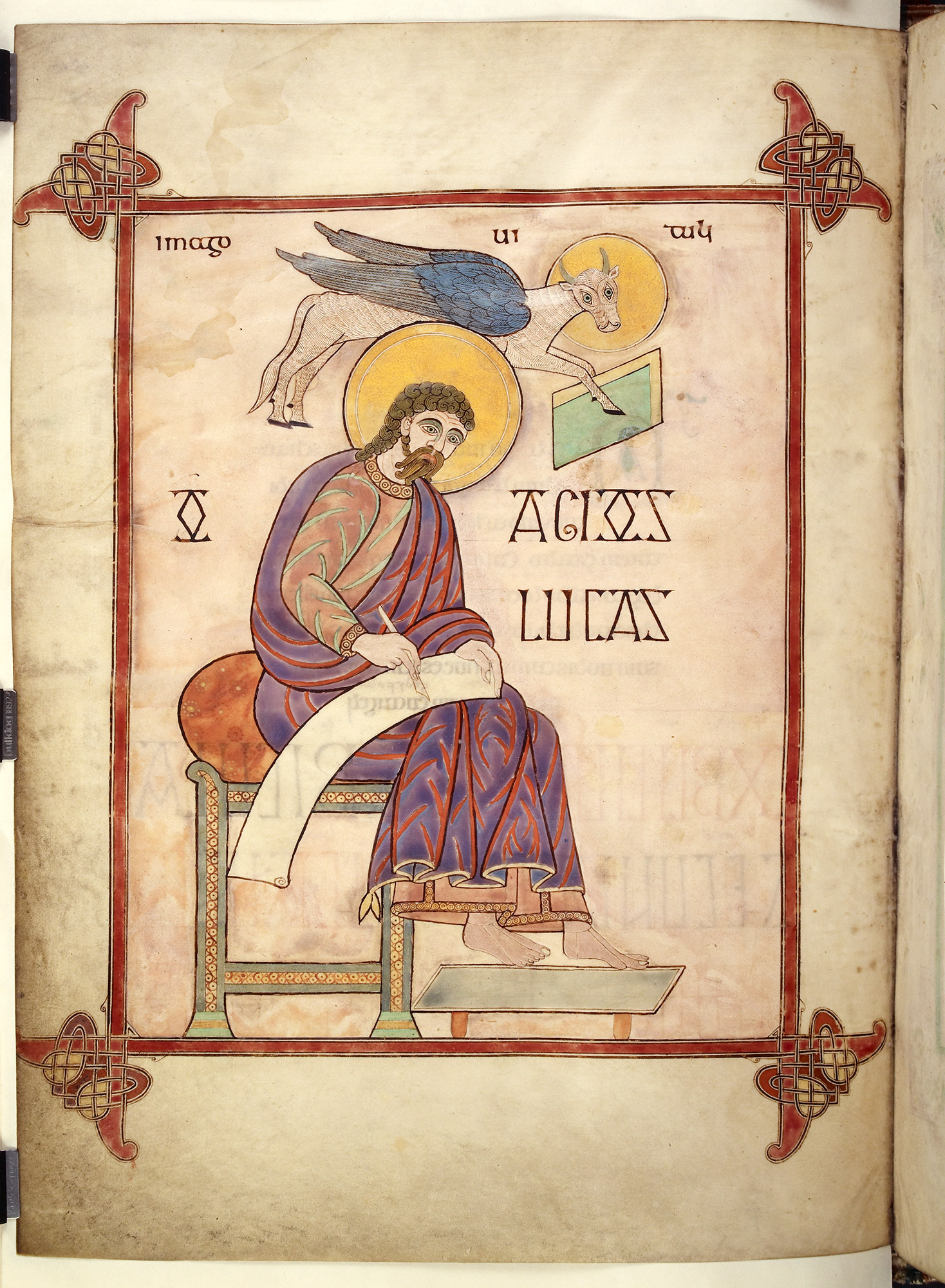
» The Lindisfarne Gospels
The Lindisfarne Gospels. A medieval monk takes up a quill pen, fashioned from a goose feather, and dips it into a rich, black ink made from soot. Seated on a wooden chair in the scriptorium of Lindisfarne, an island off the coast of Northumberland in England, he stares hard at the words from a manuscript made in Italy.

Evangelio de Lindisfarne © Biblioteca británica, Londres. Symbolon La
Lindisfarne Gospels, manuscript (MS. Cotton Nero D.IV.; British Museum, London) illuminated in the late 7th or 8th century in the Hiberno-Saxon style. The book was probably made for Eadfrith, the bishop of Lindisfarne from 698 to 721. Attributed to the Northumbrian school, the Lindisfarne Gospels